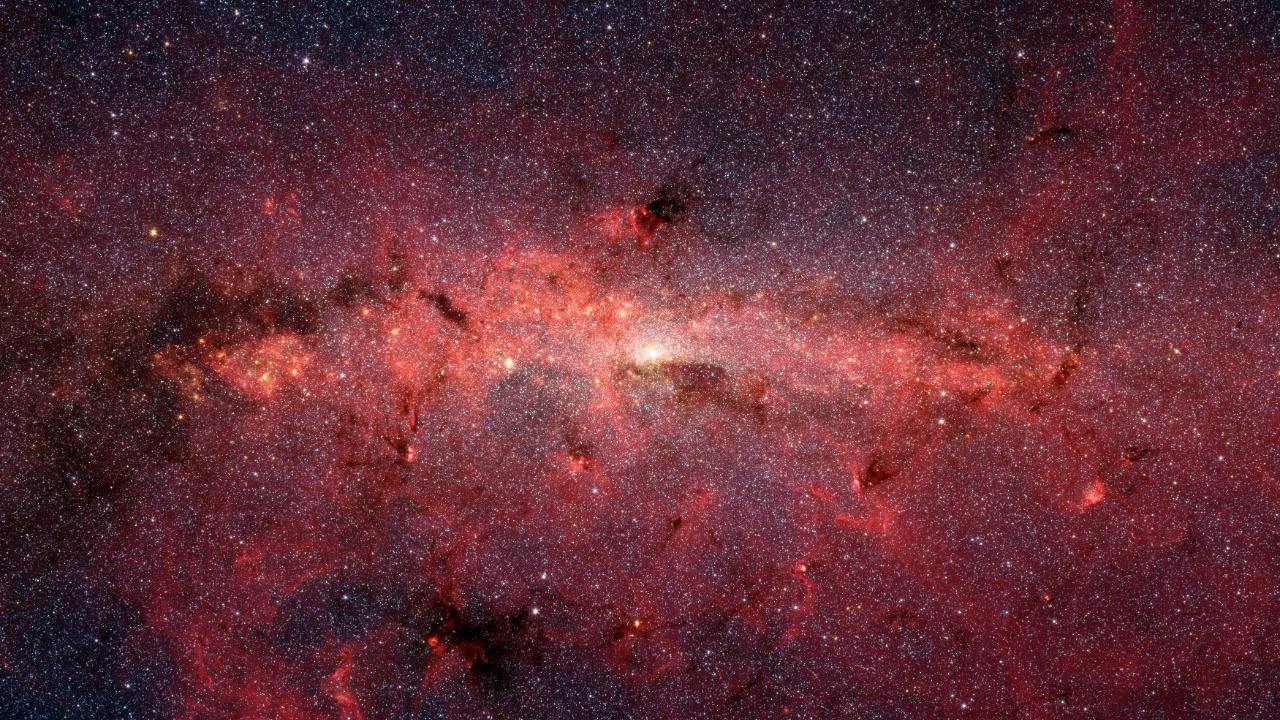
A peculiar gamma-ray glow from the heart of the Milky Way has left astronomers scratching their heads. This strange emission, detected through advanced observations, coincides with the identification of unusual filaments in the Central Molecular Zone (CMZ) that appear unlike anything else previously observed. These findings, emerging from studies as recent as today, continue to challenge existing models of galactic activity and prompt speculation on everything from natural shock waves to more exotic possibilities.
The Detection of the Gamma-Ray Glow
Initial observations have revealed a strange glow emanating from the heart of our galaxy. This gamma-ray emission, characterized by its intensity and location centered in the Milky Way’s core, has left astronomers intrigued and puzzled. The detection of this glow was made possible through the use of high-energy telescopes, which provided detailed data from the galactic center. The specifics of this anomaly can be found in a recent Futurism article.
Strange Filaments in the Central Molecular Zone
Earlier this year, astronomers announced the discovery of strange new objects in our galaxy. Described as filaments in the CMZ, these objects are unlike anything else previously observed. Their elongated structure and positioning within the Milky Way’s dense central region add to their peculiarity. The filaments were first mapped using radio and infrared imaging techniques applied to the galactic heart, as detailed in the Popular Mechanics coverage.
Early Discoveries of Galactic Filaments
The discovery of these strange filaments in the Milky Way earlier this year sparked debates among astronomers. Some described the filaments as potential alien structures or shock waves, as reported in a SciTechDaily report. These features were uncovered through multi-wavelength observations targeted at the galaxy’s core, further adding to the mystery surrounding their origin and nature.
Linking Filaments to the Galactic Glow
There is ongoing speculation about potential connections between the CMZ filaments and the gamma-ray glow. It is possible that these strange objects might contribute to the emissions from the heart of our galaxy. The timeline of discoveries, integrating the filament findings with the glow detection, suggests a potential link. Astrophysical models are being explored that suggest filament interactions could amplify gamma-ray activity in the Milky Way’s center.
Theories on the Glow’s Origins
Several theories have been proposed to explain the origins of the glow and the filaments. One hypothesis suggests that shock waves could be the cause of both phenomena, drawing from observations of dynamic processes in the galactic heart. There is also speculation on more exotic explanations, such as artificial alien structures, based on the unprecedented nature of the filaments. The role of the supermassive black hole at the Milky Way’s core in potentially driving the gamma-ray emissions and filament formations is also being considered.
Implications for Galactic Research
The strange glow and CMZ filaments pose a significant challenge to our current understanding of high-energy phenomena in the heart of our galaxy. These discoveries have prompted plans for future observations, including enhanced monitoring of the Milky Way’s central region. The findings could have broader impacts on astrophysics, such as refining models of star formation and cosmic ray propagation linked to these anomalies. As we continue to explore and understand these phenomena, we can expect our knowledge of the universe to expand in exciting and unexpected ways.